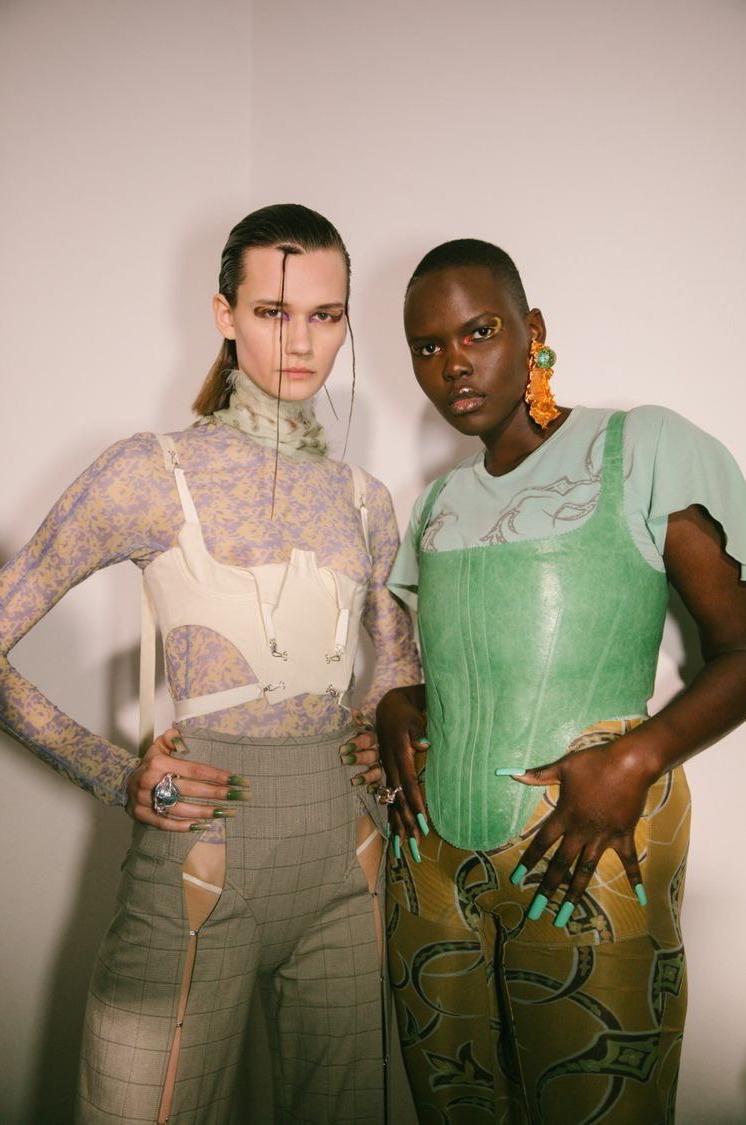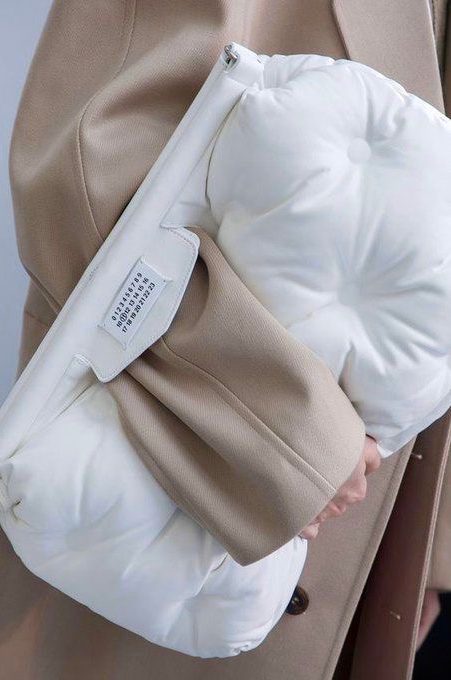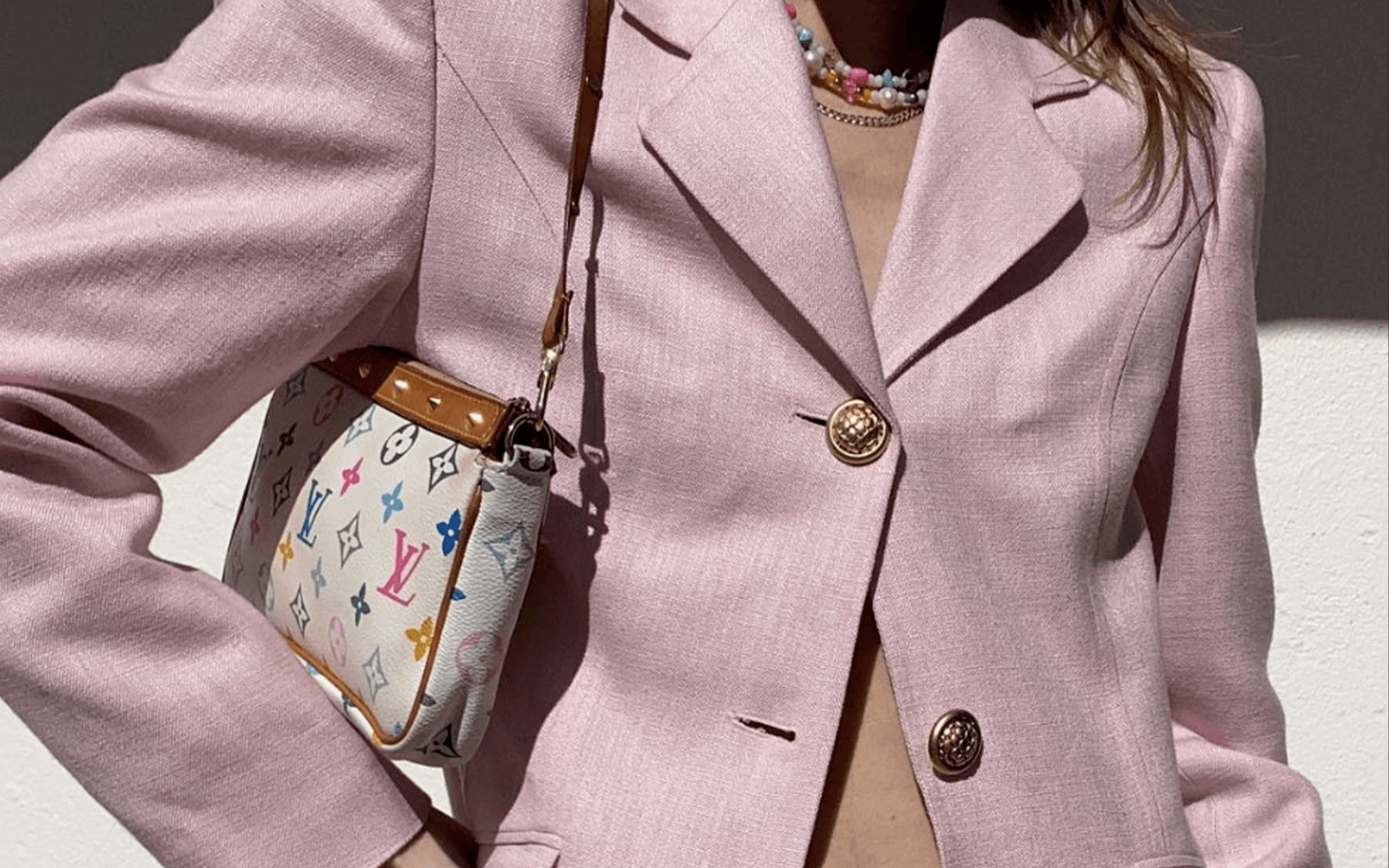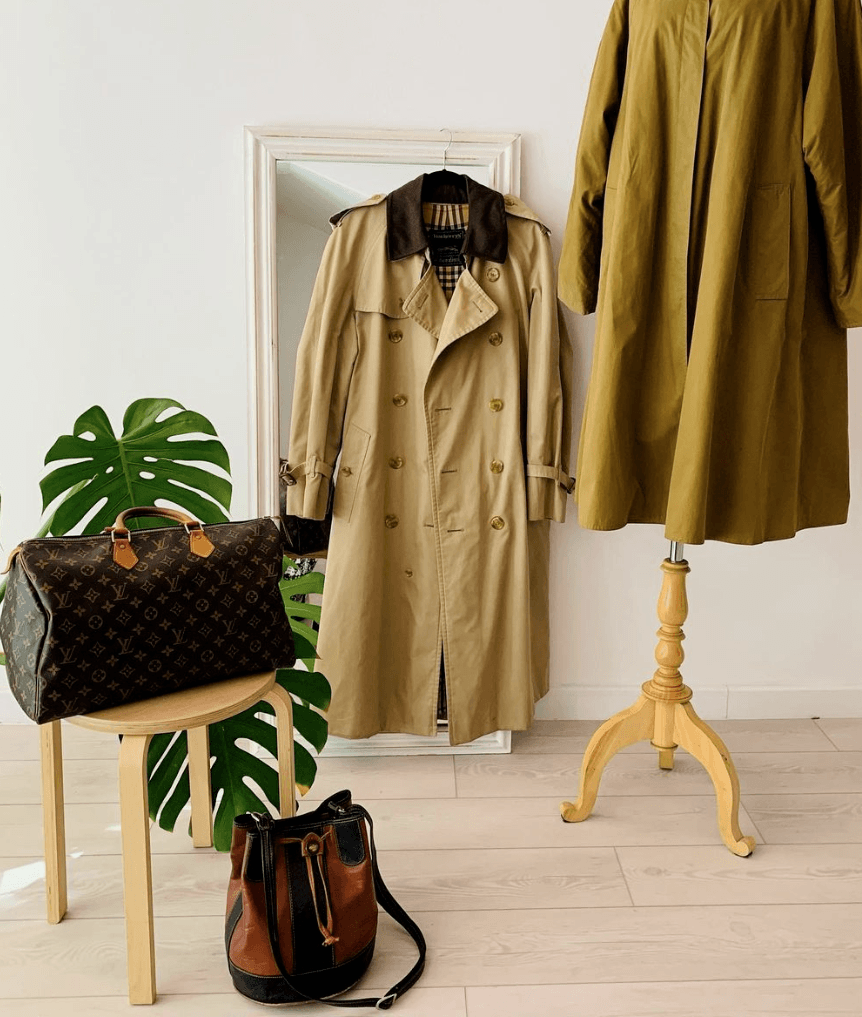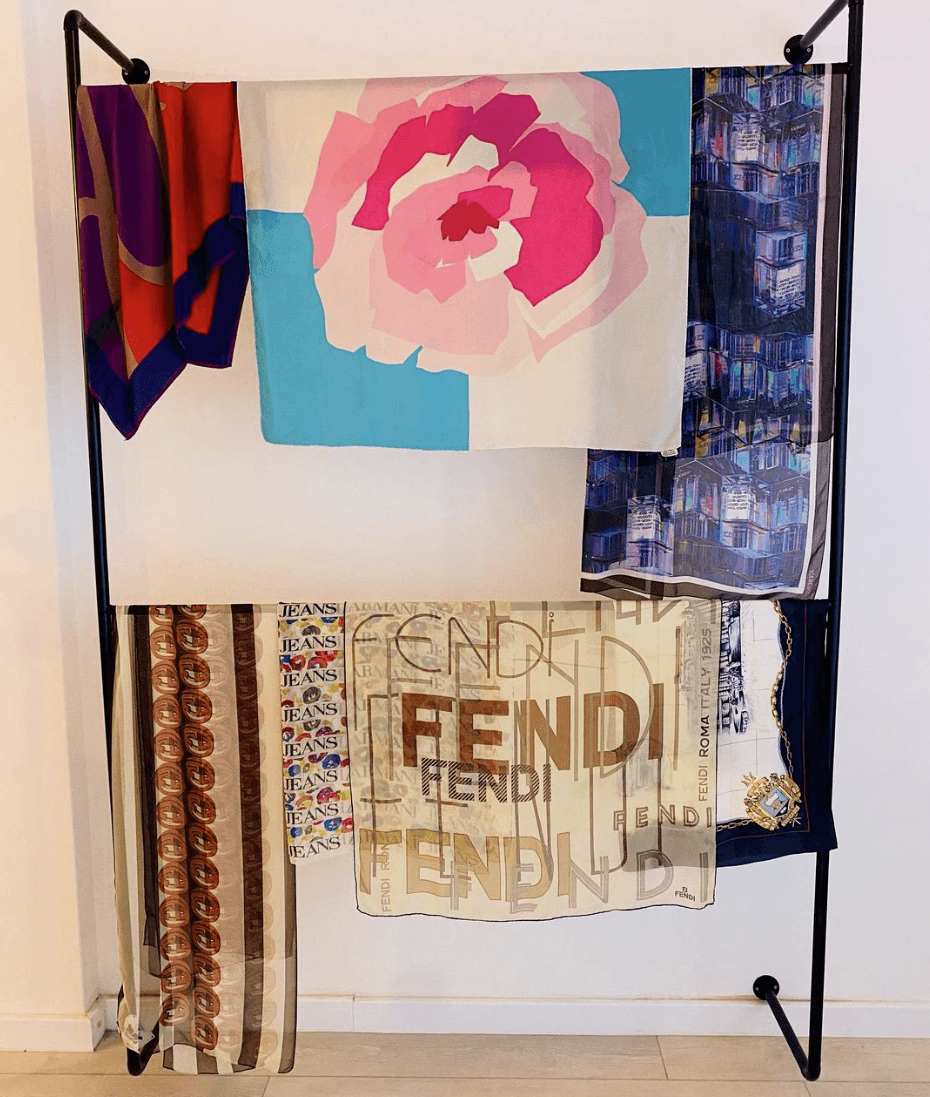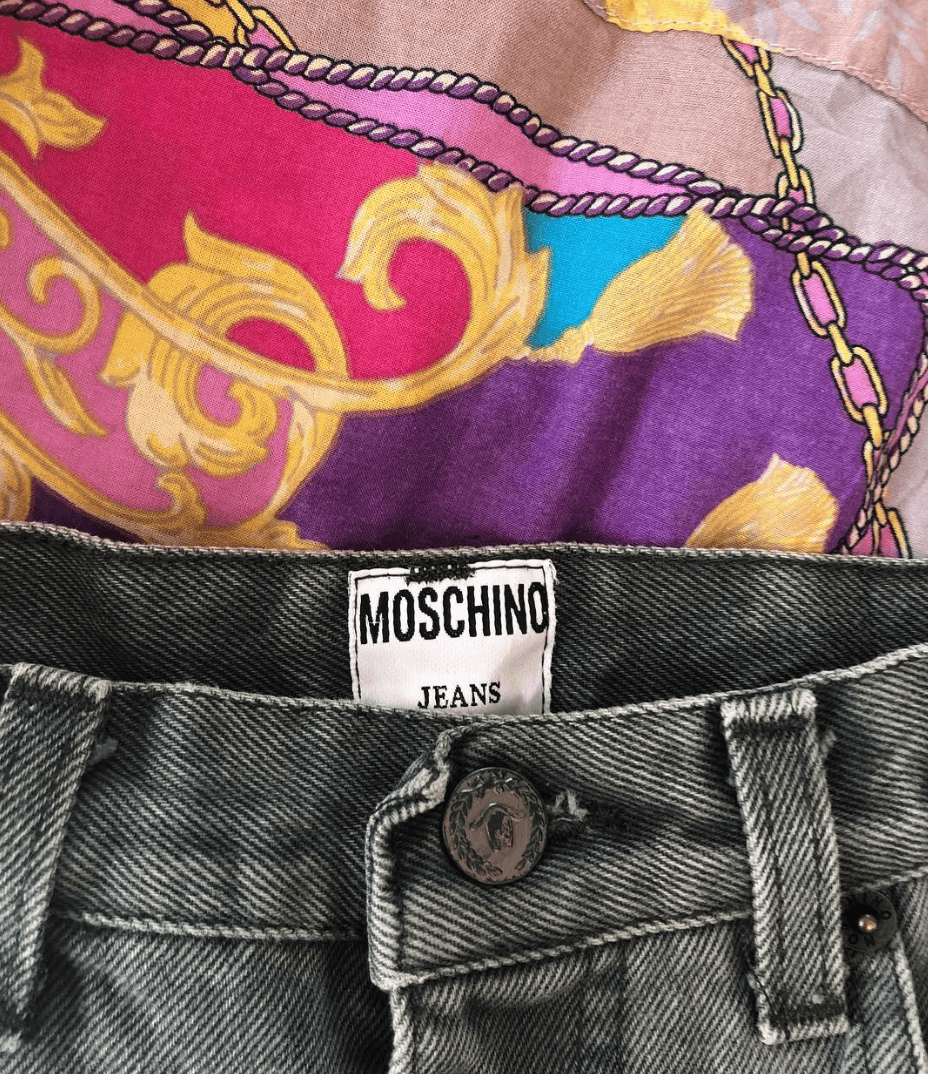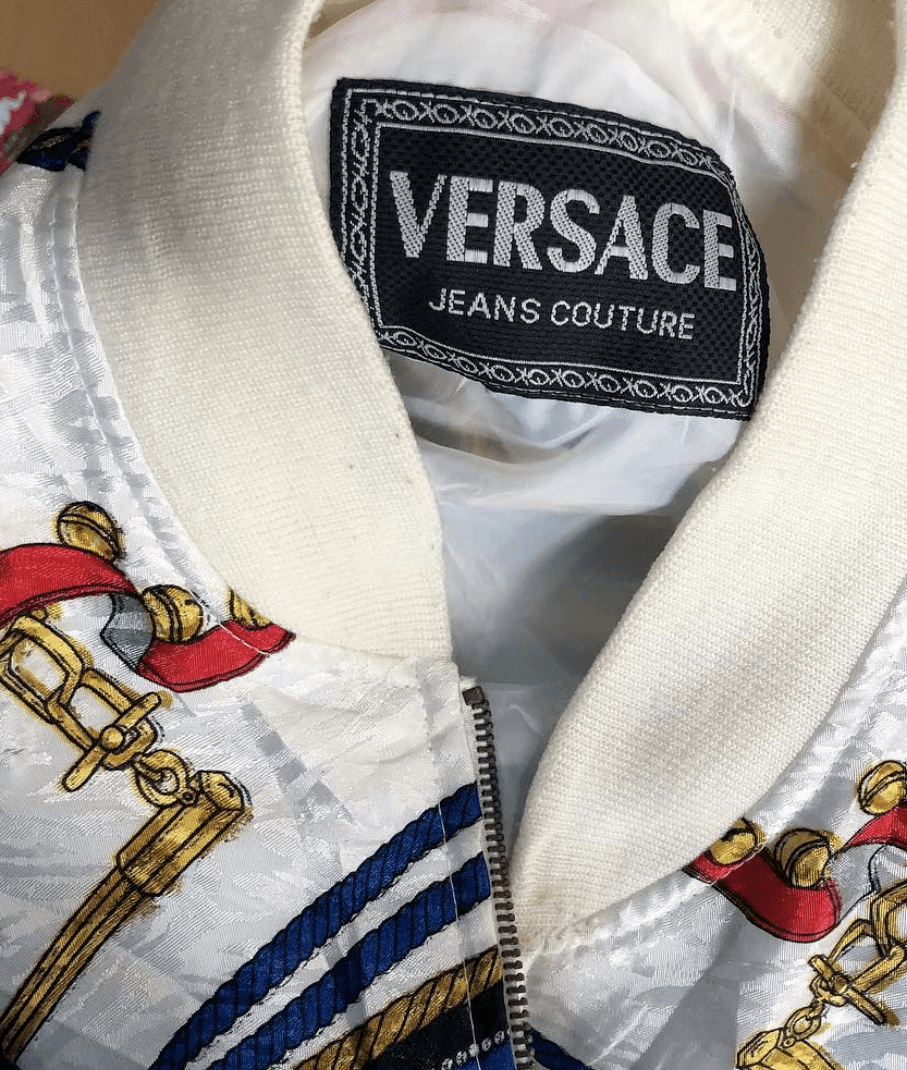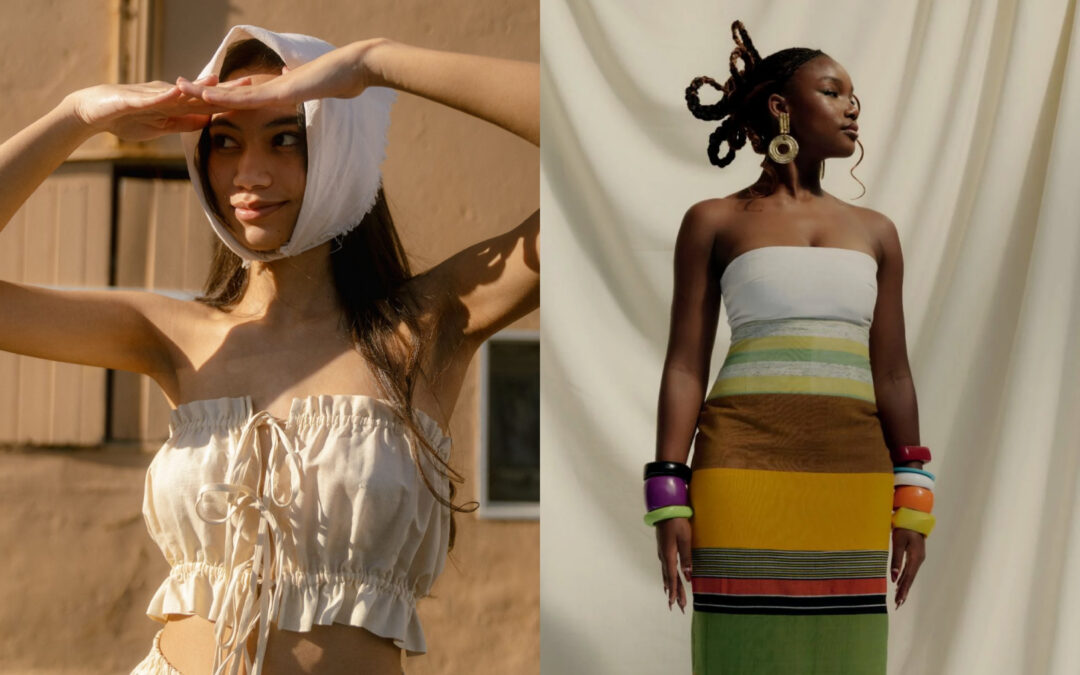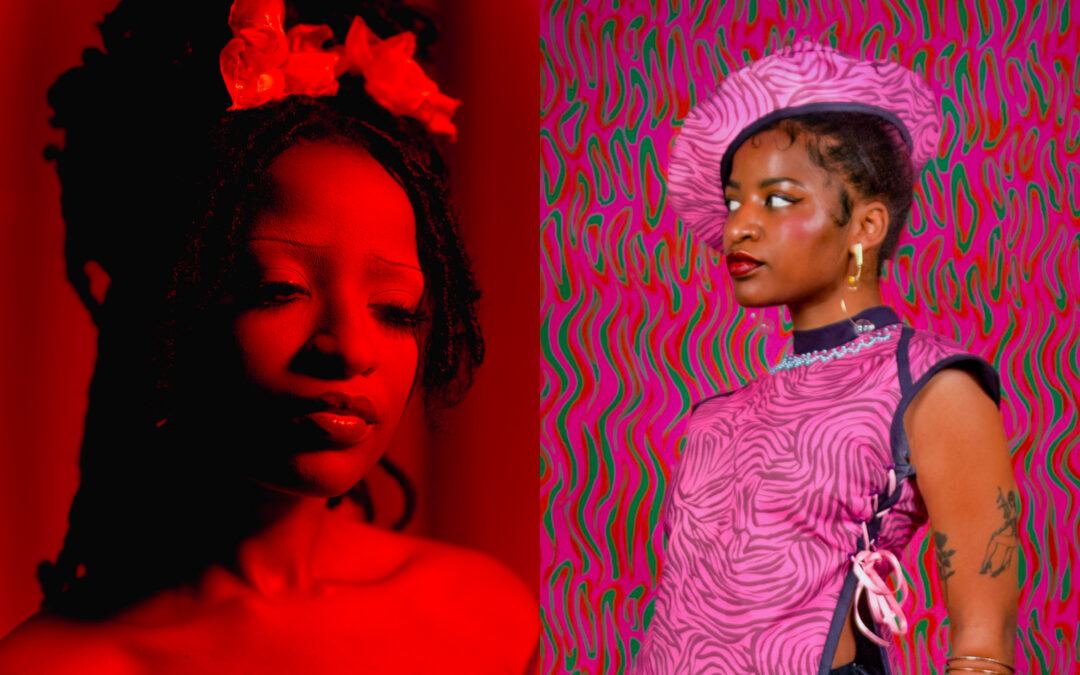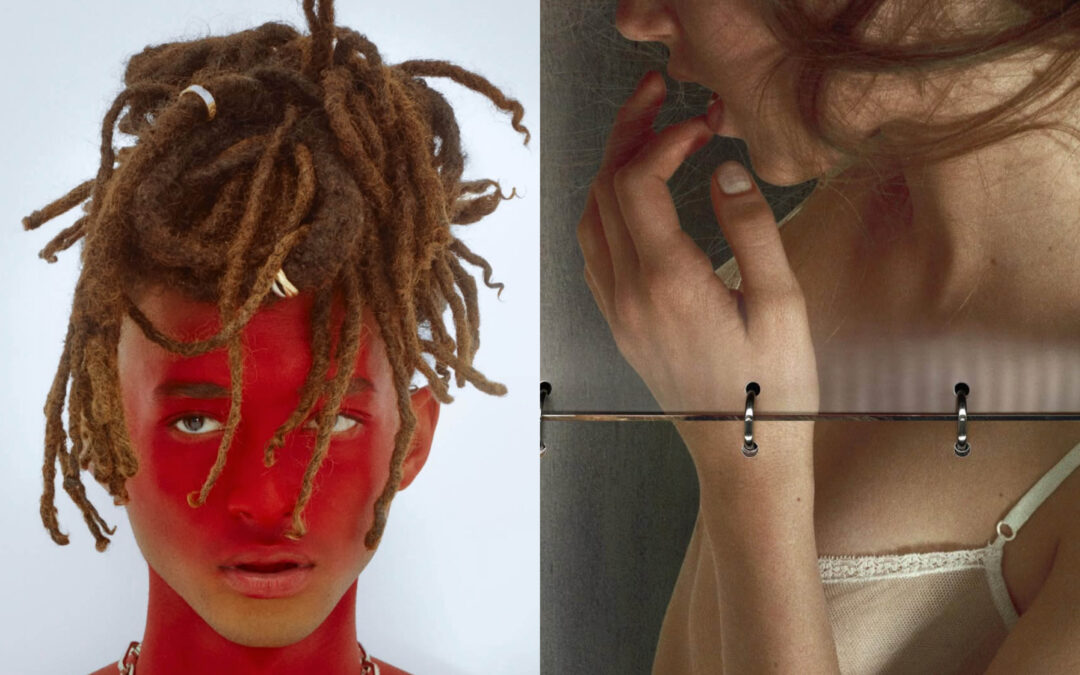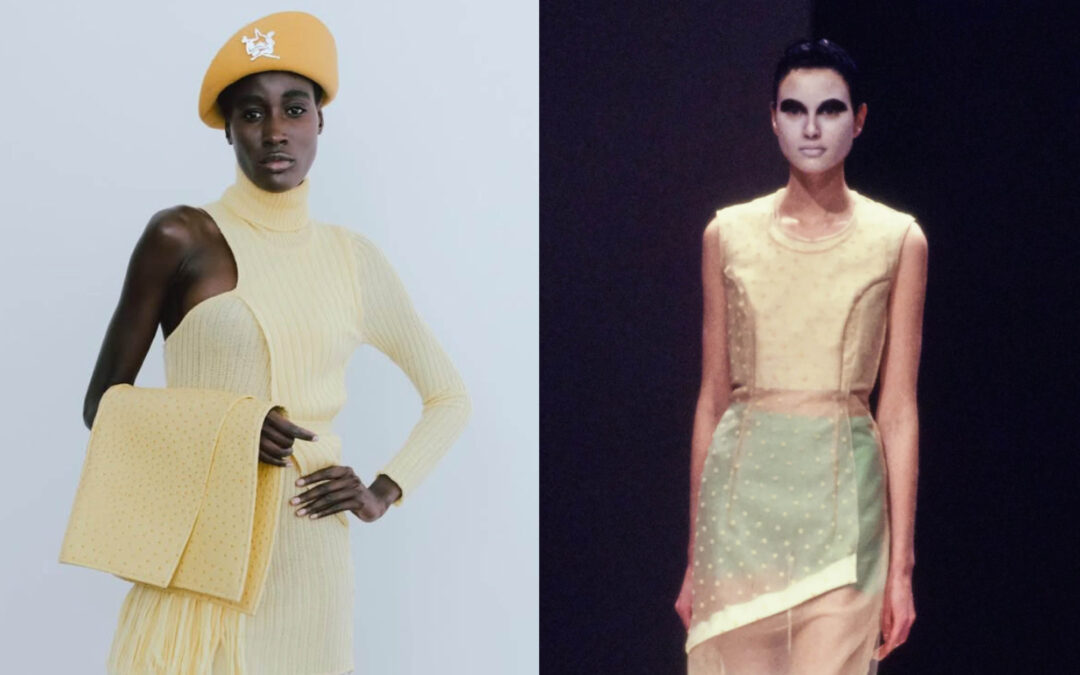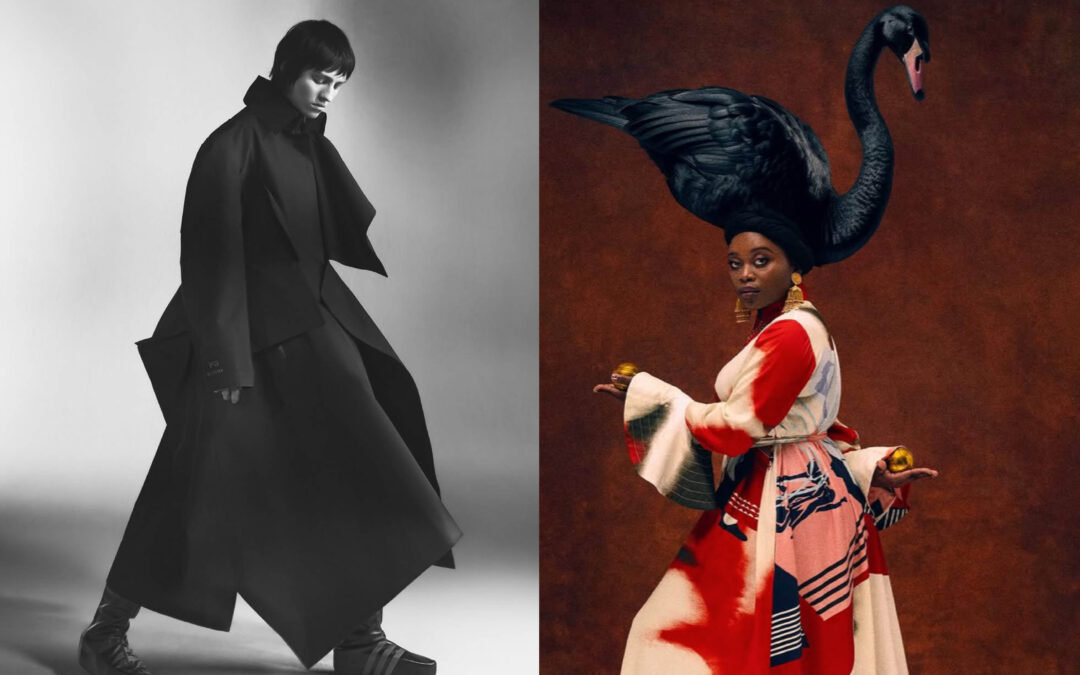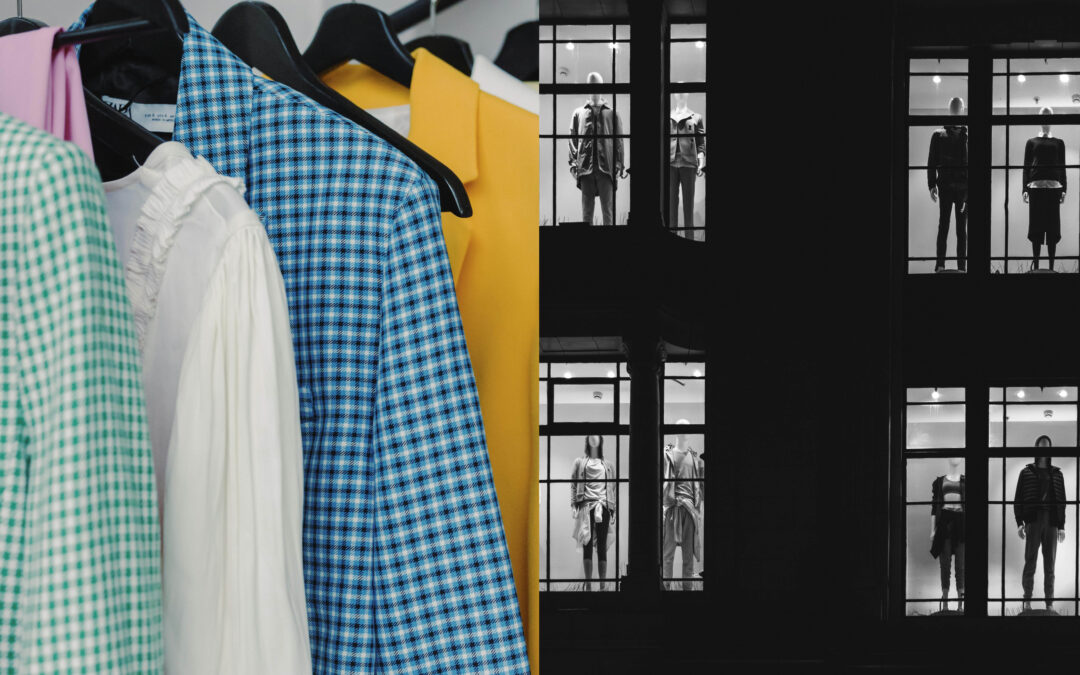Our awareness around sustainability increases every day as we face impending questions about our collective consumption. Fashion is interesting, in that exists at the juncture between artistic expression – and some of the most harrowing malpractices in production; costing the planet, and people, greatly. Fast fashion refers to the manner in which cheap clothing is made through extractive processes in factories with limited resources, and underpaid garment workers – as a response to our insatiable desire for keeping up with the latest trends. So, how do we solve this crisis and shift the narrative around the longevity of our wardrobes? Thrifting is a clear solution; in which garments have their life cycles extended – and furthermore, turning one’s attention to investing in luxury pieces creates an avenue in which consumers can curate garments that hold true meaning in their craftsmanship.


To determine what defines “luxury” – we need to understand the term in and of itself. There is a growing debate as to what defines luxury in fashion, however for this context – luxury refers to designer labels that produce collections defined by consideration, such as beautiful fabrication, thoughtful silhouettes and specific branding which have the ability to market at high prices. Here in South Africa, this refers to labels such as Thebe Magugu, Lukhanyo Mdingi and Rich Mnisi – whereas internationally, we can think of Prada, Vivienne Westwood and Louis Vuitton to name a few. While we generally have a smaller market in fashion than the global north, there is growing interest in curating vintage and newer pieces from luxury brands; through local, small scale curators, or from websites such as us.vestiairecollective.com – an incredible marketplace for previously owned luxury pieces, sold at retail value.
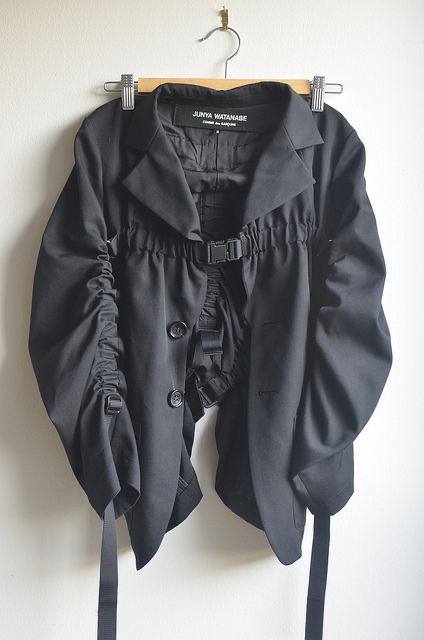
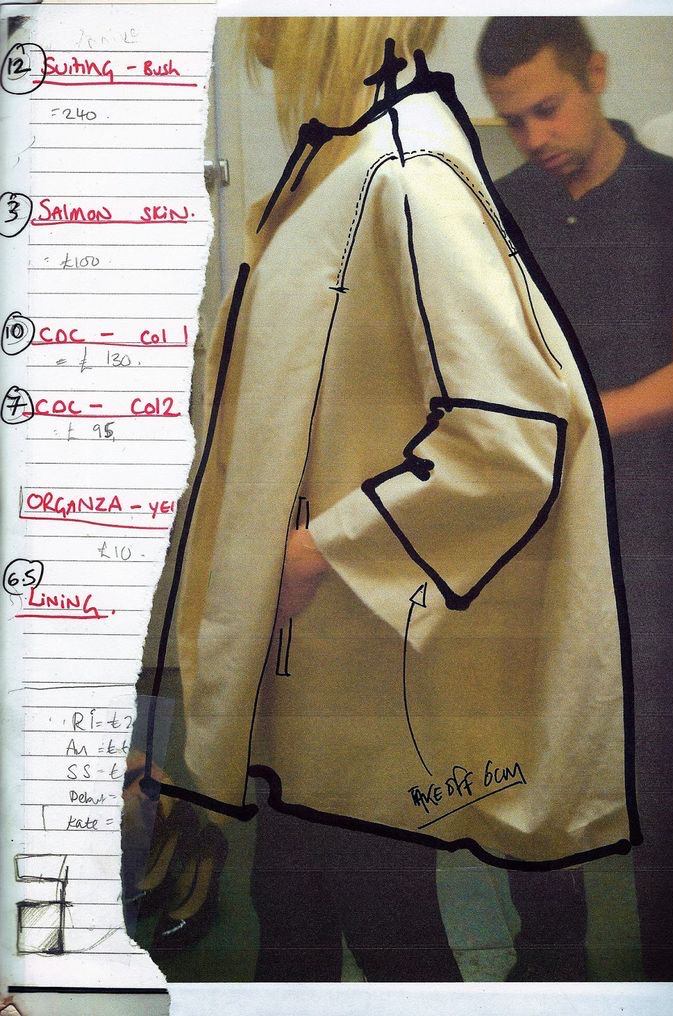
With the evolution of circular economies – linearity life-cycles of garments are challenged, and in the context of luxury resale, there is broadening of access for South African consumers. Stores like Afraid of Mice express the brick-and-mortar model of vintage curatorship; with its store in Harrington St. acting as a custodian for rare, vintage finds ranging from Hugo Boss jackets, Louis Vuitton handbags – to Burberry and Moncler. Vintage denotes the endurance of interest and quality associated with such finds, while allowing more room for the price-points; as opposed to the previously mentioned Vestiaire Collective, that tends to match retail value where possible. Without a website, Afraid of Mice holds true to its vision for nostalgia – and another such discreet store is Stock Exchange on Kloof St – with no social media presence in sight, it boasts a bare-bones store housing everything from Acne Studios to Isabel Marant. Reliability is key in luxury resale; with trusted spaces priding themselves on their ability to provide authentication of their collections. Ready-to-wear luxury centred on its youthful appeal appears to be the central vision for Dreamland Vintage – with iconic drops ranging from Chanel sweatshirts to Moscino jeans, with an emphasis on the 70s, 80s and 90s inspired sourced from the owner’s buying trips overseas. Spaces like The Changing Room and Meonyou Vintage are consignment based, and rely on their fashion communities in a closed-loop system of curation, authentication and distribution.
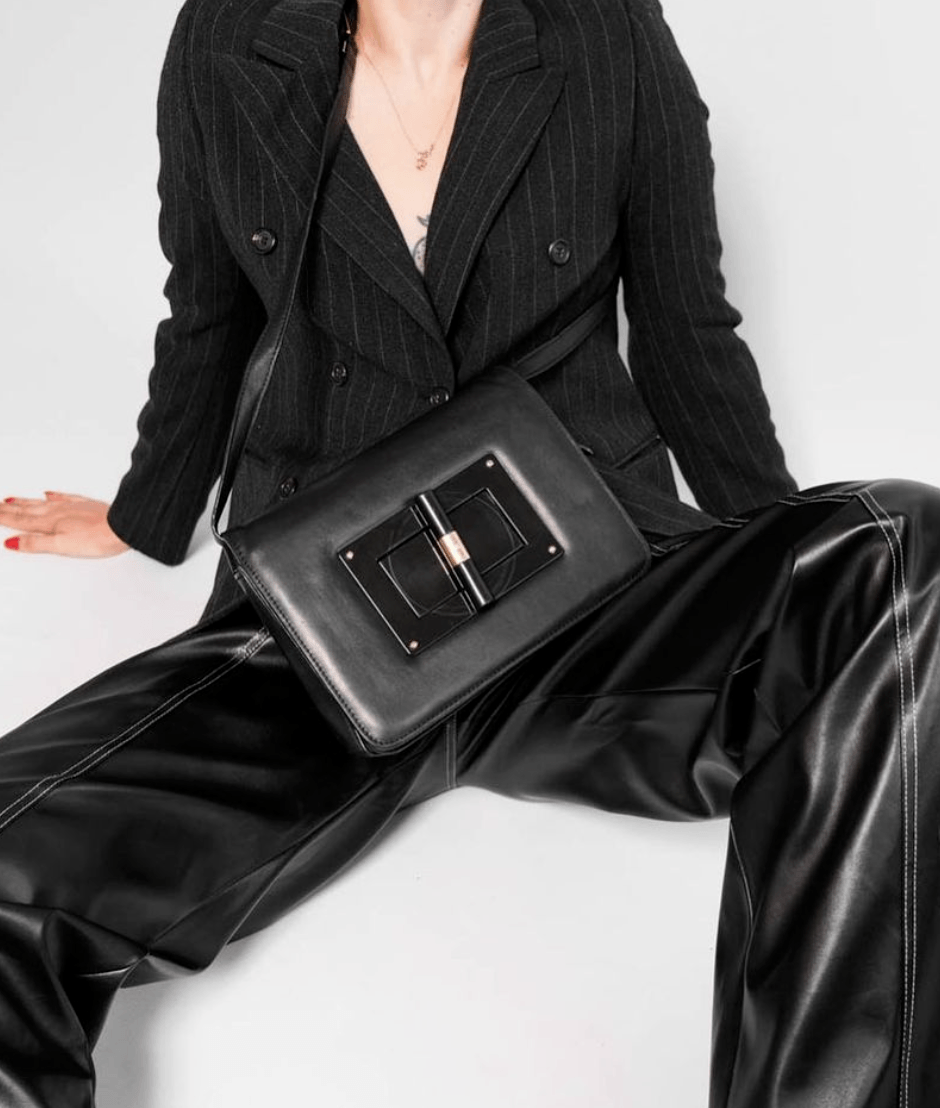
Known globally for their analysis across varying sectors, consulting firm McKinsey & Company’s report on luxury resale show that this manifestation is set to become a permanent fixture in the global fashion industry; perhaps not merely piquing the interest of luxury brands themselves, but rather resale may be pivoted and co-opted as part of the sustainability projectives increasingly non-negotiable for luxury houses to implement and action. The report states; “The luxury resale market holds great promise for both customers and brands. Leading the way, largely, are customers, who are generally eager for established brands to play a larger role. For brands, if they choose to participate, it is a way to expand their offerings, appeal to committed client segments, stay abreast of digital innovation, and reinforce their sustainability efforts—if they can find ways to add meaningful value to loyal customers’ experience.” It will be interesting to see how this continues to rise in South Africa, where luxury fashion continues to remain integral for our countries’ participation in global sartorial consciousness.
